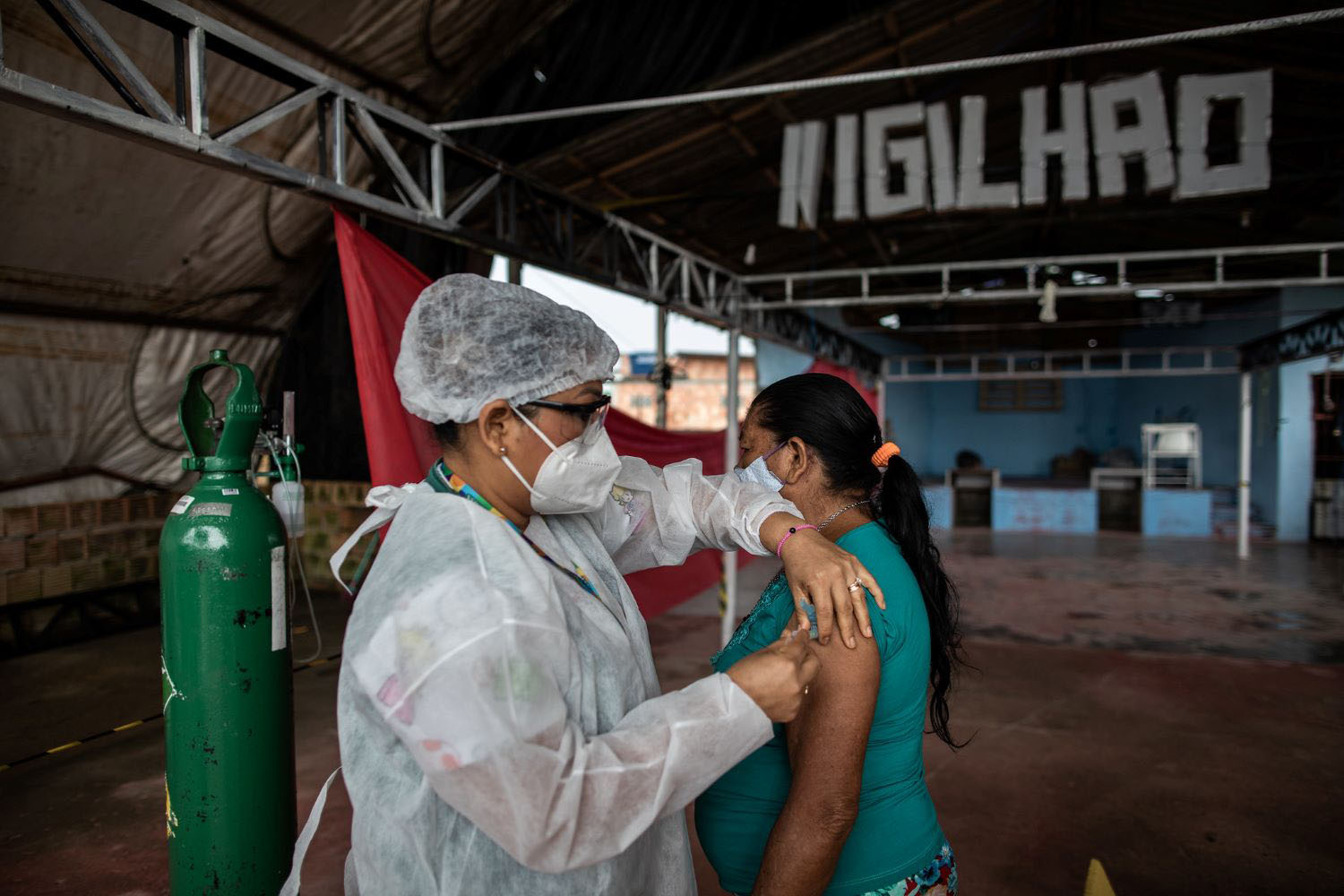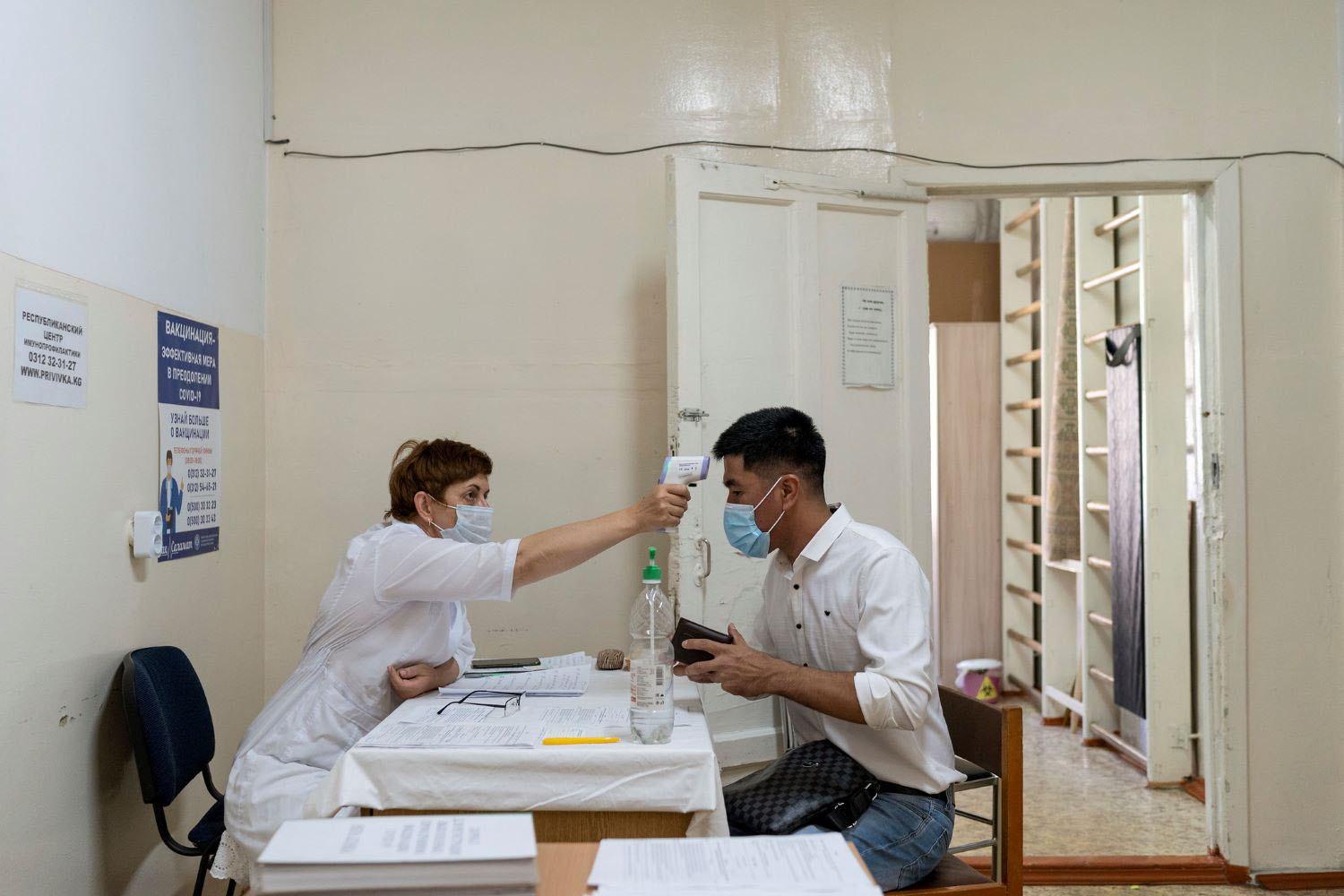This is a joint post with Amanda Glassman.While the developed world commits itself to austerity measures and slashes aid budgets across the board, emerging economies are increasingly using foreign aid and direct investment to increase their soft power and global clout. In
two articles this week,
The Economist reports that India plans to set up its own aid agency. Once the world’s biggest aid recipient, India now plans to give $11.3 billion in the next five to seven years. While most of this sum is expected to be in the form of foreign direct investment, it also covers capacity building and humanitarian assistance for the poorest countries.As
The Economist points out, this recent development brings an obvious question to mind: if India, a country with rapid economic growth and a space program, has “matured” enough to give aid, why should European and other aid agencies continue giving to countries like India?The answer to this question depends on what we’d like to accomplish with our aid. If current funding patterns are any indication, global health aid is mostly intended to address infectious diseases with global implications, such as HIV/AIDS, tuberculosis, malaria and vaccine-preventable diseases. A
study of health aid from 1992-2005 shows that 49% of health aid was for HIV/AIDS and infectious disease control, whereas 43% was for health sector development. For this large chunk of health aid, allocation decisions should depend on where the money can generate the most good for the most people.That means working in countries that are less poor on average, but have large numbers of extremely poor, at-risk people. Currently, two-thirds of the world’s poorest live in middle-income countries, and 36% live in India. The “
new bottom billion” also suffers from a higher disease burden compared to lower income countries: Amanda posted
here that 75% of the world’s unvaccinated children live in middle income countries while HIV and TB burden are also concentrated in these countries. The populous, lower middle-incomes have very high income inequality (see chart below), with implications for public spending and health outcomes: only 0.9% of India’s GDP goes to public spending on health, which translates into only $43 per capita. This is especially low compared to China, which spends $155 per capita, and even Nigeria and Indonesia, which spend $50 and $51 respectively.
 Source: World Bank, WDI
Source: World Bank, WDI
Although the populous lower middle incomes can theoretically increase public spending, they lack the institutions to translate this unequal wealth into better health for all. There is progress, but much more to be done. India’s National Rural Health Mission (NRHM) hopes to double public health spending. Similarly, China launched a rural health insurance program, and Indonesia introduced and expanded universal health care with minimal contribution rates.
Health aid has been effective at improving coverage and outcomes,
even in weak governance settings like Nigeria and Pakistan, so a tailored, focused approach to technical support and capacity building in the lower middle-incomes remains justified, particularly if aid leverages greater local investment and accountability for results.India might send a man to space in 2016, which will cost
billions of dollars. But unless the global community provides support and peer pressure, the country will not eliminate vaccine preventable diseases by then, which would cost much less, save millions of lives and yield benefits for all.
CGD blog posts reflect the views of the authors, drawing on prior research and experience in their areas of expertise.
CGD is a nonpartisan, independent organization and does not take institutional positions.






